
Maths Problem Solving Year 1
¥127.43
Maths Problem Solving - Year 1 is the first of six books in the Maths Problem Solving series. The books have been written for teachers to use during the numeracy lesson. They cover the Esolving problemE objectives from the numeracy framework. This first book contains four chapters; Making decisions, Reasoning about numbers or shapes, Problems involving Ereal lifeE, money or measures and Organizing and using data. The books are designed in such a way that each section has six stages of questions to be worked through. Every stage is split into three levels, for example 1a, 1b or 1c, based on achievement. Each corresponding question from these levels follow the same line of questioning, so that when the teacher talks about a certain question, the solution process is the same for each level but the complexity of the sum varies.

A fényességek
¥129.08
A fényességek
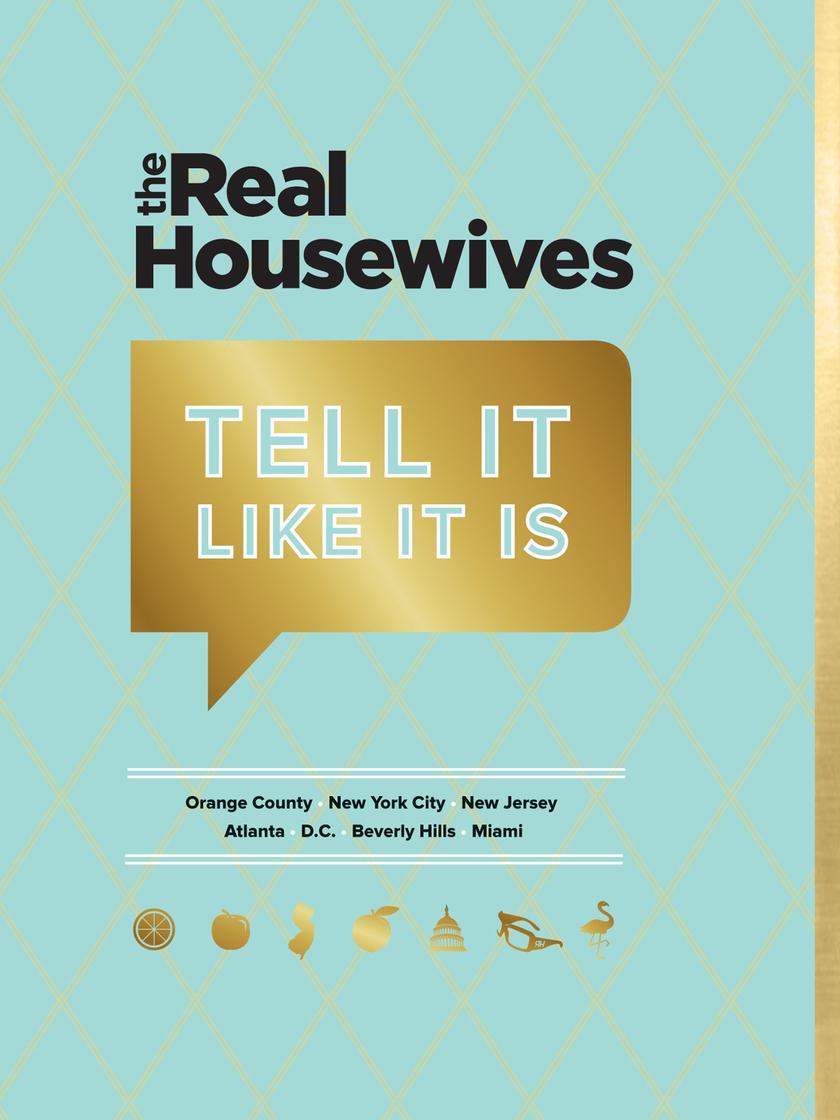
Real Housewives Tell It Like It Is
¥129.39
Bravo's The Real Housewives franchise has taken the country by storm with over 13 million fans and record-breaking new seasons. The Real Housewives Tell It Like It Is captures the best, most outlandish quotes from the ladies of the O.C., New York, Atlanta, New Jersey, D.C., Beverly Hills, and Miami in one deluxe volume so fans can refer to their unique brand of wisdom again and again. Organized by topic and brimming with color photographs, The Real Housewives Tell It Like It Is is a must-have for fans everywhere!
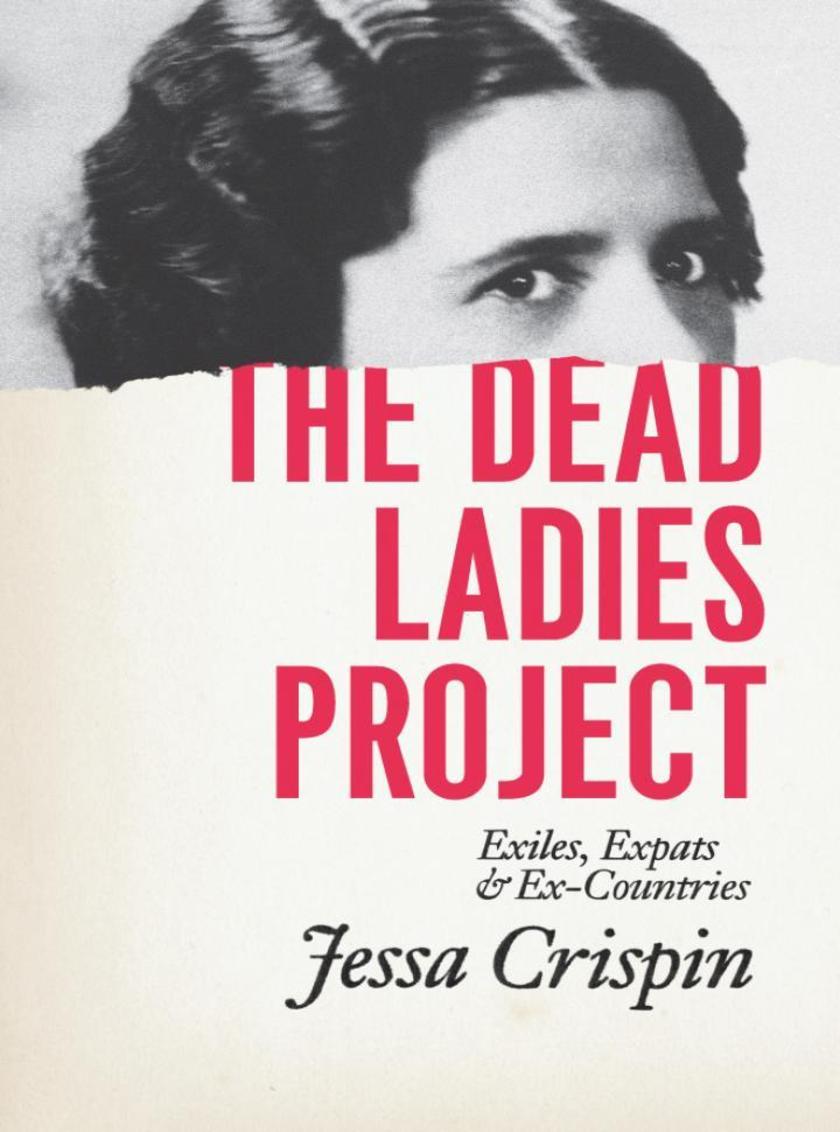
Dead Ladies Project
¥129.49
When Jessa Crispin was thirty, she burned her settled Chicago life to the ground and took off for Berlin with a pair of suitcases and no plan beyond leaving. Half a decade later, she's still on the road, in search not so much of a home as of understanding, a way of being in the world that demands neither constant struggle nor complete surrender.The Dead Ladies Project is an account of that journey-but it's also much, much more. Fascinated by exile, Crispin travels an itinerary of key locations in its literary map, of places that have drawn writers who needed to break free from their origins and start afresh. As she reflects on William James struggling through despair in Berlin, Nora Barnacle dependant on and dependable for James Joyce in Trieste, Maud Gonne fomenting revolution and fostering myth in Dublin, or Igor Stravinsky starting over from nothing in Switzerland, Crispin interweaves biography, incisive literary analysis, and personal experience into a rich meditation on the complicated interactions of place, personality, and society that can make escape and reinvention such an attractive, even intoxicating proposition.?Personal and profane, funny and fervent, The Dead Ladies Project ranges from the nineteenth century to the present, from historical figures to brand-new hangovers, in search, ultimately, of an answer to a bedrock question: How does a person decide how to live their life?

Venusberg
¥129.49
Written from a vantage point both high and deliberately narrow, the early novels of the late British master Anthony Powell nevertheless deal in the universal themes that would become a substantial part of his oeuvre: pride, greed, and the strange drivers of human behavior. More explorations of relationships and vanity than plot-driven narratives, Powell's early works reveal the stirrings of the unequaled style, ear for dialogue, and eye for irony that would reach their caustic peak in his epic, A Dance to the Music of Time.Powell's sophomore novel, Venusberg, follows journalist Lushington as he leaves behind his unrequited love in England and travels by boat to an unnamed Baltic state. Awash in a marvelously odd assortment of counts and ladies navigating a multicultural, elegant, and politically precarious social scene, Lushington becomes infatuated with his very own, very foreign Venus. An action-packed literary precursor to Wes Anderson's The Grand Budapest Hotel, Venusberg is replete with assassins and Nazis, loose countesses and misunderstandings, fatal accidents and social comedy. But beyond its humor, this early installment in Powell's literary canon will offer readers a welcome window onto the mind of a great artist learning his craft.
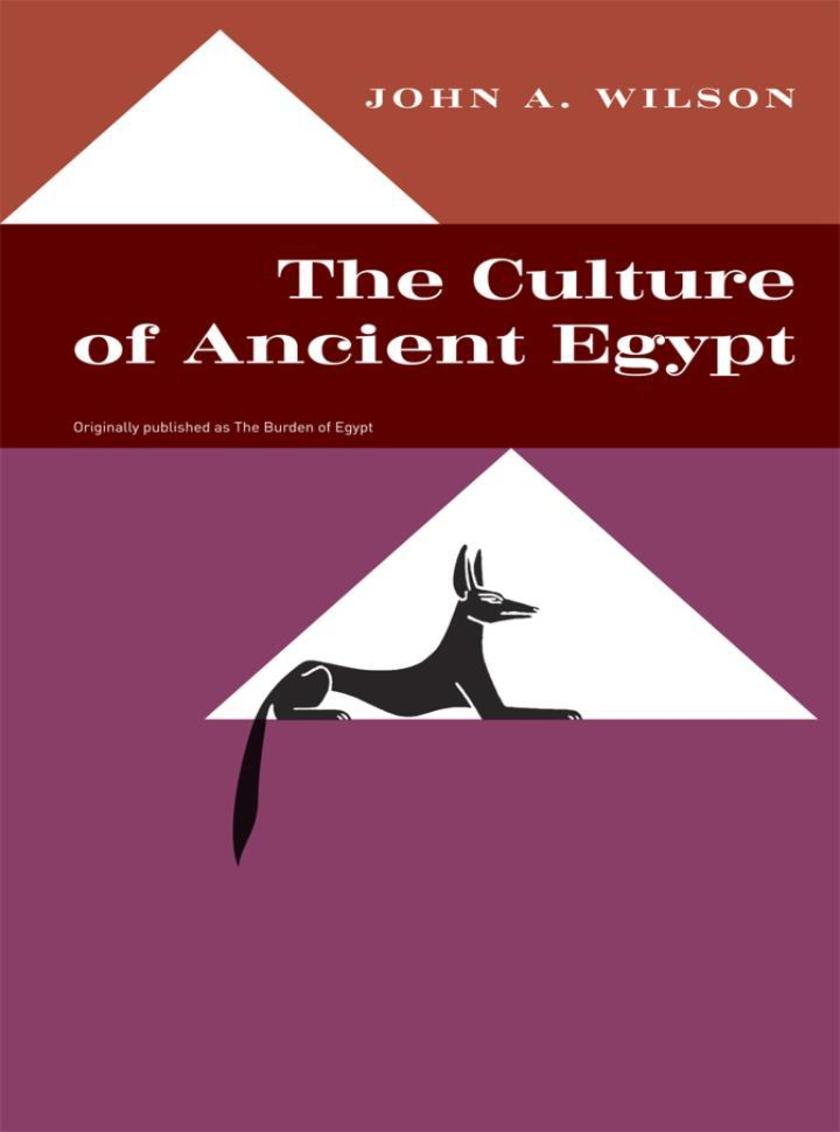
Culture of Ancient Egypt
¥129.49
The story of Egypt is the story of history itself-the endless rise and fall, the life and death and life again of the eternal human effort to endure, enjoy, and understand the mystery of our universe. Emerging from the ancient mists of time, Egypt met the challenge of the mystery in a glorious evolution of religious, intellectual, and political institutions and for two millenniums flourished with all the vigor that the human heart can invest in a social and cultural order. Then Egypt began to crumble into the desert sands and the waters of the Nile, and her remarkable achievements in civilization became her lingering epitaph. John A. Wilson has written a rich and interpretive biography of one of the greatest cultural periods in human experience. He answers-as best the modern Egyptologist can-the questions inevitably asked concerning the dissolution of Egypt's glory. Here is scholarship in its finest form, concerned with the humanity that has preceded us, and finding in man's past grandeur and failure much meaning for men of today.
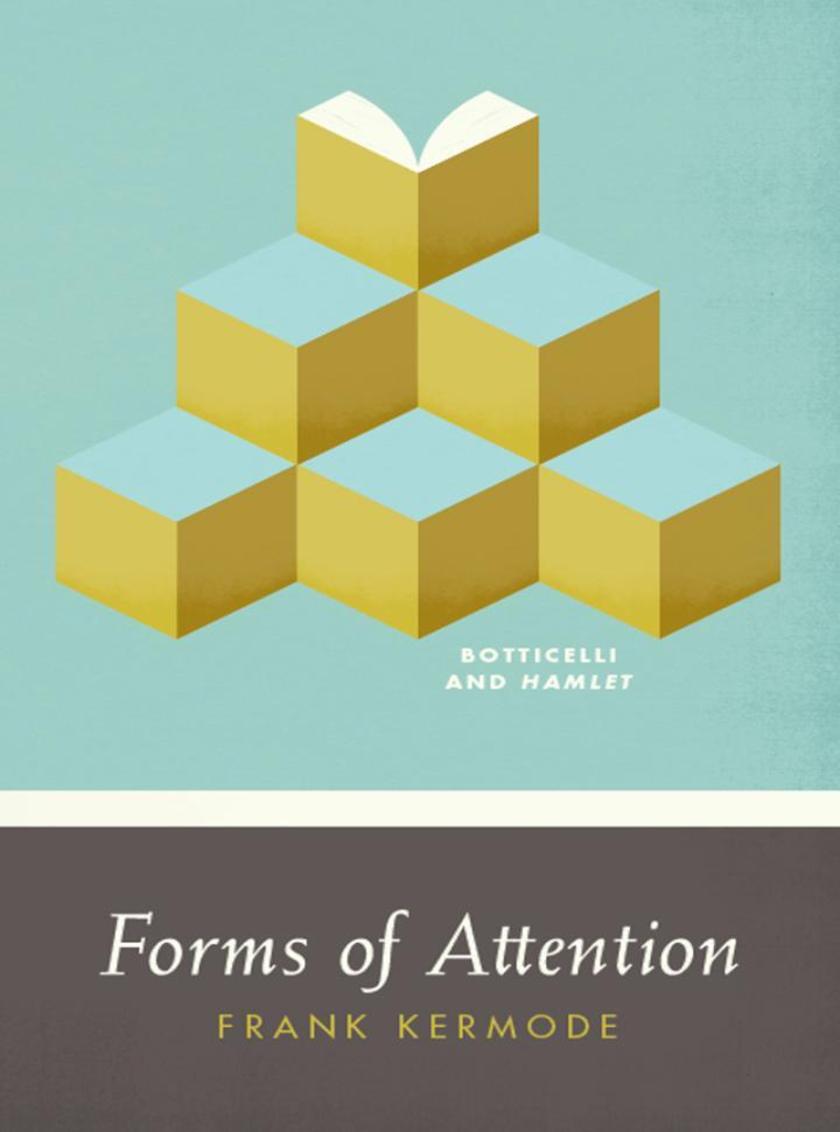
Forms of Attention
¥129.49
Sir Frank Kermode, the British scholar, instructor, and author, was an inspired critic.?Forms of Attention is based on a series of three lectures he gave on canon formation, or how we choose what art to value. The essay on Botticelli traces the artist's sudden popularity in the nineteenth century for reasons that have more to do with poetry than painting. In the second essay, Kermode reads Hamlet from a very modern angle, offering a useful (and playful) perspective for a contemporary audience. The final essay is a defense of literary criticism as a process and conversation that, while often conflating knowledge with opinion, keeps us reading great art and working with-and for-literature.?"e;Kermode's volume has the virtue of a lecturer's accessible style designed for a listening audience. It is also self-consciously spare of 'naked criticism.' There is, nonetheless, an abundance of learned commentary, steady substance, and unveiled critical excellence. Which is to say the volume is a useful and engaging reflection of its learned author."e;-London Review of Books

Marked
¥129.49
Nearly every job application asks it: have you ever been convicted of a crimeFor the hundreds of thousands of young men leaving American prisons each year, their answer to that question may determine whether they can find work and begin rebuilding their lives.The product of an innovative field experiment, Marked gives us our first real glimpse into the tremendous difficulties facing ex-offenders in the job market. Devah Pager matched up pairs of young men, randomly assigned them criminal records, then sent them on hundreds of real job searches throughout the city of Milwaukee. Her applicants were attractive, articulate, and capable-yet ex-offenders received less than half the callbacks of the equally qualified applicants without criminal backgrounds. Young black men, meanwhile, paid a particularly high price: those with clean records fared no better in their job searches than white men just out of prison. Such shocking barriers to legitimate work, Pager contends, are an important reason that many ex-prisoners soon find themselves back in the realm of poverty, underground employment, and crime that led them to prison in the first place."e;Using scholarly research, field research in Milwaukee, and graphics, [Pager] shows that ex-offenders, white or black, stand a very poor chance of getting a legitimate job. . . . Both informative and convincing."e;-Library Journal?"e;Marked is that rare book: a penetrating text that rings with moral concern couched in vivid prose-and one of the most useful sociological studies in years."e;-Michael Eric Dyson
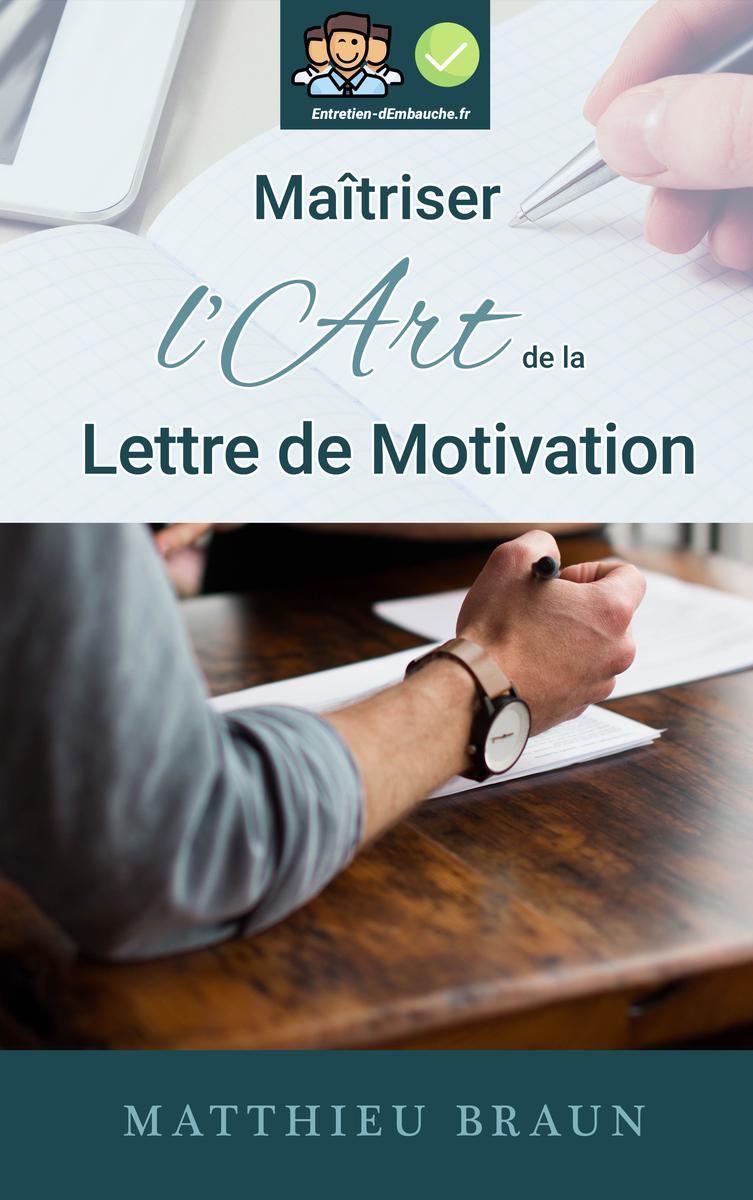
Ma?triser l'Art de la Lettre de Motivation: ...et décrocher plus d'entretiens d'
¥130.72
Ma?triser l'Art de la Lettre de Motivation: ...et décrocher plus d'entretiens d'embauche
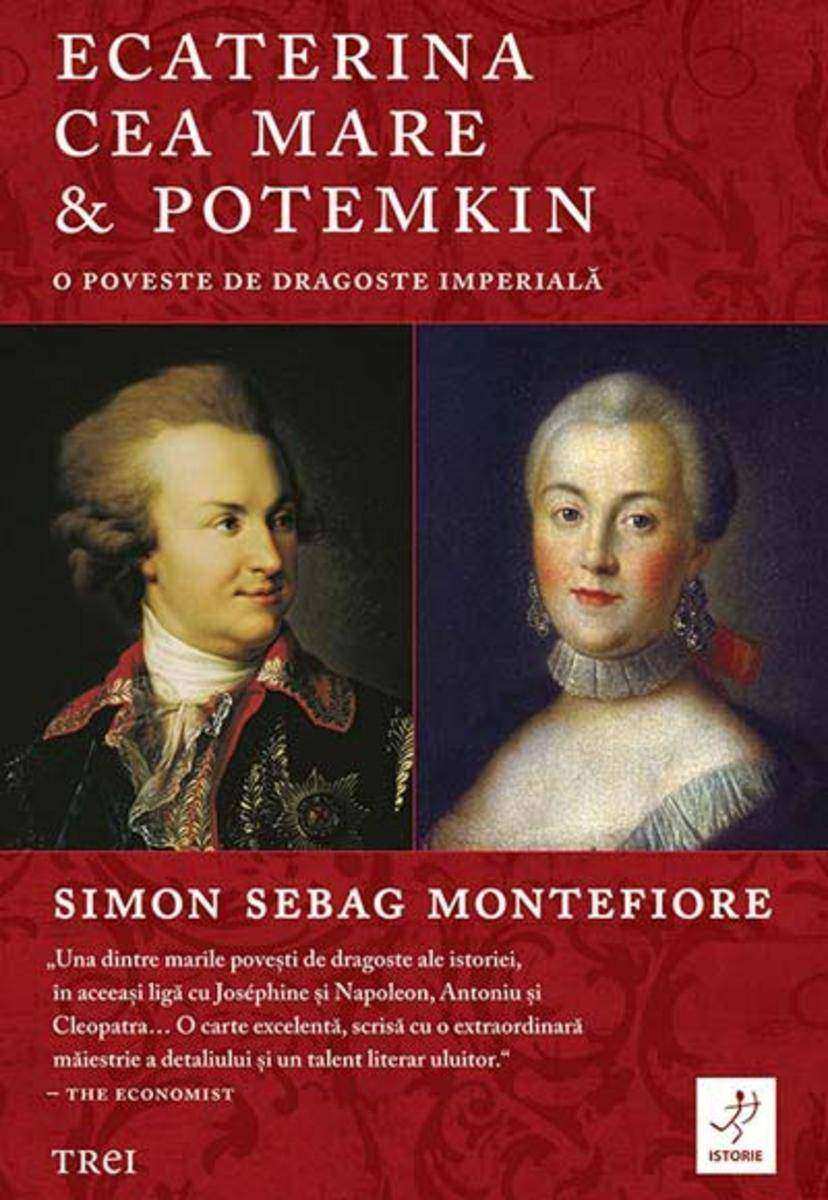
Ecaterina cea Mare & Potemkin: O poveste de dragoste imperial?
¥130.72
Actorii ne druiesc generos gnduri despre viaa pe care i ei o triesc ca orice oameni, cu necazuri i bucurii. Alexandru Arinel – fiind definit n timp de Marele Public drept o valoare artistic naional – se destinuie acum, cu privire la drumul parcurs din satul de batin Dolhasca pn pe Calea Victoriei. Citind amintirile sale sincere, vei cunoate un om, nu numai un artist, care evoc trei epoci istorice prin care a trecut, fiind prin argumentele invocate mai convingtor dect orice carte de istorie banal. i pune pe tav sufletul prin relatarea unei biografii netiute de nimeni. n aceste destinuiri, Alexandru Arinel ne propune discret s gndim atent la calea profesiei alese, de actor sau de orice fel, i s nu uitm nicio clip de cei din preajma noastr, de familie.“ – Ileana Lucaciu

Talking, Listening, & Writing for Success: The Not-so-Secret Keys
¥130.80
Talking, Listening, & Writing for Success: The Not-so-Secret Keys

Matt Cardle: My Story: The Official X Factor Winner's Book
¥130.87
In those weeks following the audition I'd started to think that maybe I could do well in the competition, and even to see beyond bootcamp and what doing well could mean. I knew I never wanted to go back to painting, whatever happened.' Matt's dream has come true, and this is his story. Painter-decorator, bricklayer, milkman, even Santa, Matt's always been in bands, always putting off starting a career because he knew that what he really wanted to do was sing. Charismatic but down to earth, loved by the judges, the other contestants and, of course, the public for his cheeky smile and warm heart, Matt is a true star in the making. Packed full of unseen photographs shot especially for the book, backstage footage, behind-the-scenes gossip and the full and remarkable story of the winner from X Factor hopeful to popstar sensation, this book is a must-have for all X Factor fans.

Assessing Science at KS2
¥132.34
Encourage students to record their scientific knowledge and understanding using these easy-to-use sheets. The activities will encourage students to think and help you to gather evidence and assess what they know and can do. The teachers' notes contain further assessment activities, with anticipated student responses.
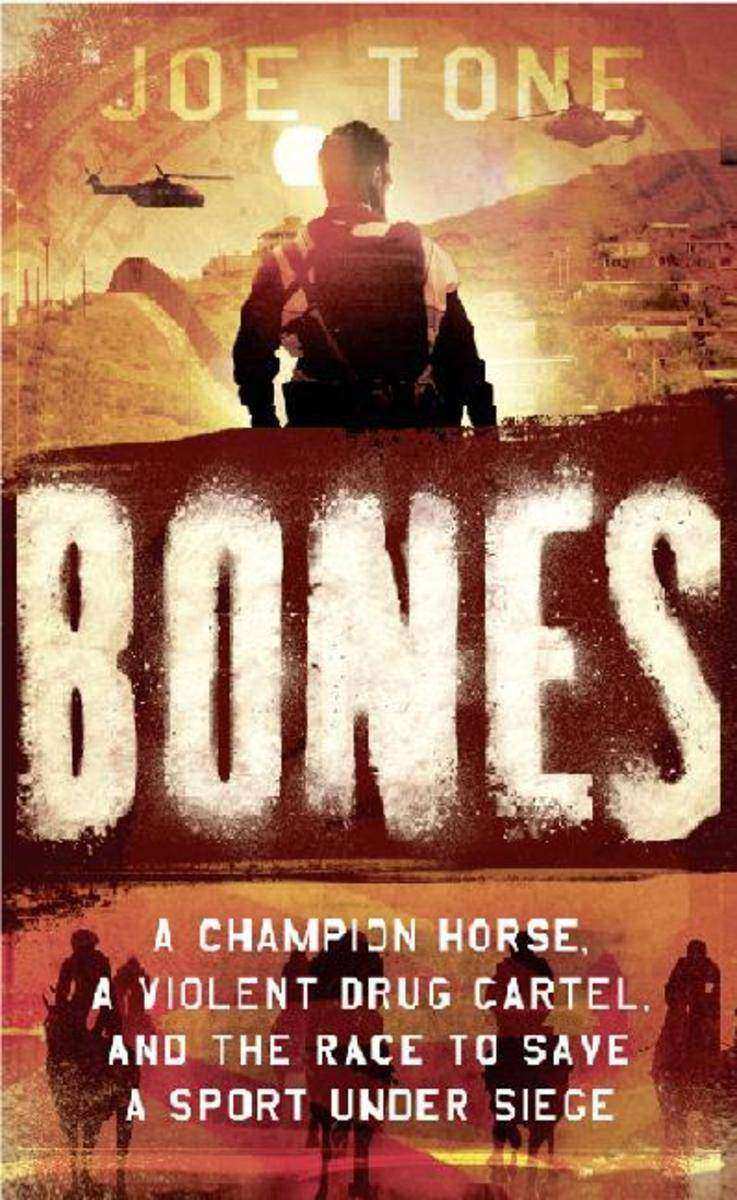
Bones: A Story of Brothers, a Champion Horse and the Race to Stop America’s Most
¥132.53
Two brothers live parallel lives on either side of the US–Mexico border. This is the dramatic true story of how their worlds collided in a major criminal conspiracy. A KIRKUS REVIEWS NONFICTION BOOK OF THE YEAR A NEW YORK TIMES EDITOR’S PICK José Trevi?o was raised in Nuevo Laredo, a Mexican border town and major smuggling gateway. He grew up loving the sprawling countryside and its tough, fast quarter horses, but in search of opportunity he crossed the border into Texas. While José built a modest living laying bricks, his younger brother Miguel ascended to the top of the infamously bloody Los Zetas cartel. As José settled down with a wife and kids, his brother was said to be burning rivals alive, eating victims’ hearts and launching grenades at the US consulate. Then one day José showed up at a quarter-horse auction and bid close to a million dollars for a horse. The bricklayer suddenly became a major player on the scene, catching the attention of FBI agent Scott Lawson. Lawson enlisted Tyler Graham, the young American rancher breeding José’s champion horse – nicknamed Huesos, or Bones – to infiltrate what he suspected was a major money laundering operation.The goal: capture Miguel Trevi?o. Set against the high-stakes world of horseracing, Bones takes you deep into a violent drug cartel, the perilous lives of American ranchers and the Sisyphean work of drug cops, revealing how greed and fear mingle with race, class and violence along the vast Southwest border. At its heart, this riveting crime drama is a gripping story of brotherhood, family loyalty and the tragic cost of a failed drug war.

Survivors 3-Book Collection
¥137.29
The time has come for dogs to rule the wild. The collection includes the first three books in this thrilling New York Times bestselling series:Survivors #1: The Empty City: Lucky has always been a Lone Dog, but now he needs a Pack in order to stay alive. Relying on other dogs brings new dangers that Lucky isn't prepared for. Can Lucky ever be a true Pack Dog?Survivors #2: A Hidden Enemy: Bella and the Leashed Dogs have finally settled in the forest. But a fierce Pack of Wild Dogs has laid claim to the land, and their menacing Alpha will stop at nothing to ensure that it is his alone.Survivors #3: Darkness Falls: After an attack threatened both the Wild and Leashed Packs, Lucky knows that the dogs' only hope is to unite. For the first time since the Big Growl, Lucky is desperate to have other dogs by his side. But it might be too late. . . .
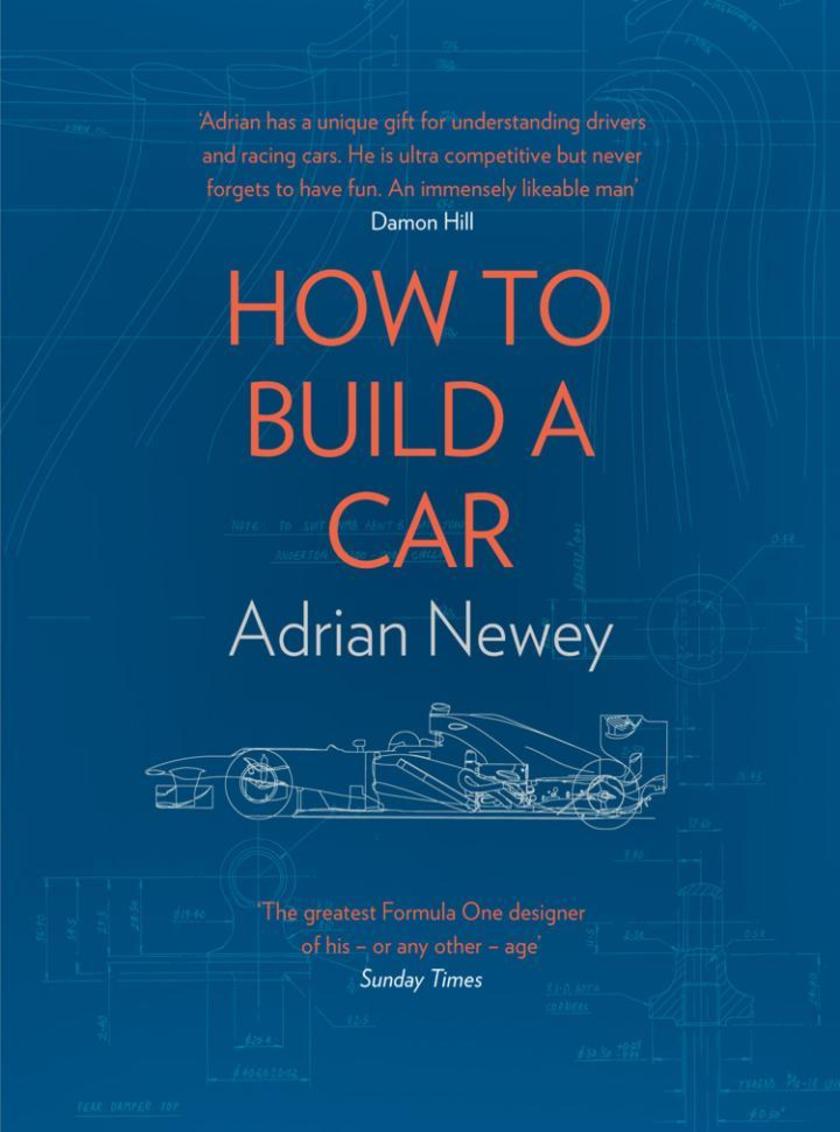
How to Build a Car: The Autobiography of the World’s Greatest Formula 1 Designer
¥138.32
Adrian has a unique gift for understanding drivers and racing cars. He is ultra competitive but never forgets to have fun. An immensely likeable man.' Damon Hill The world’s foremost designer in Formula One, Adrian Newey OBE is arguably one of Britain’s greatest engineers and this is his fascinating, powerful memoir. How to Build a Car explores the story of Adrian’s unrivalled 35-year career in Formula One through the prism of the cars he has designed, the drivers he has worked alongside and the races in which he’s been involved. A true engineering genius, even in adolescence Adrian’s thoughts naturally emerged in shape and form – he began sketching his own car designs at the age of 12 and took a welding course in his school summer holidays. From his early career in IndyCar racing and on to his unparalleled success in Formula One, we learn in comprehensive, engaging and highly entertaining detail how a car actually works. Adrian has designed for the likes of Mario Andretti, Nigel Mansell, Alain Prost, Damon Hill, David Coulthard, Mika Hakkinen, Mark Webber and Sebastian Vettel, always with a shark-like purity of purpose: to make the car go faster. And while his career has been marked by unbelievable triumphs, there have also been deep tragedies; most notably Ayrton Senna’s death during his time at Williams in 1994. Beautifully illustrated with never-before-seen drawings, How to Build a Car encapsulates, through Adrian’s remarkable life story, precisely what makes Formula One so thrilling – its potential for the total synchronicity of man and machine, the perfect combination of style, efficiency and speed.
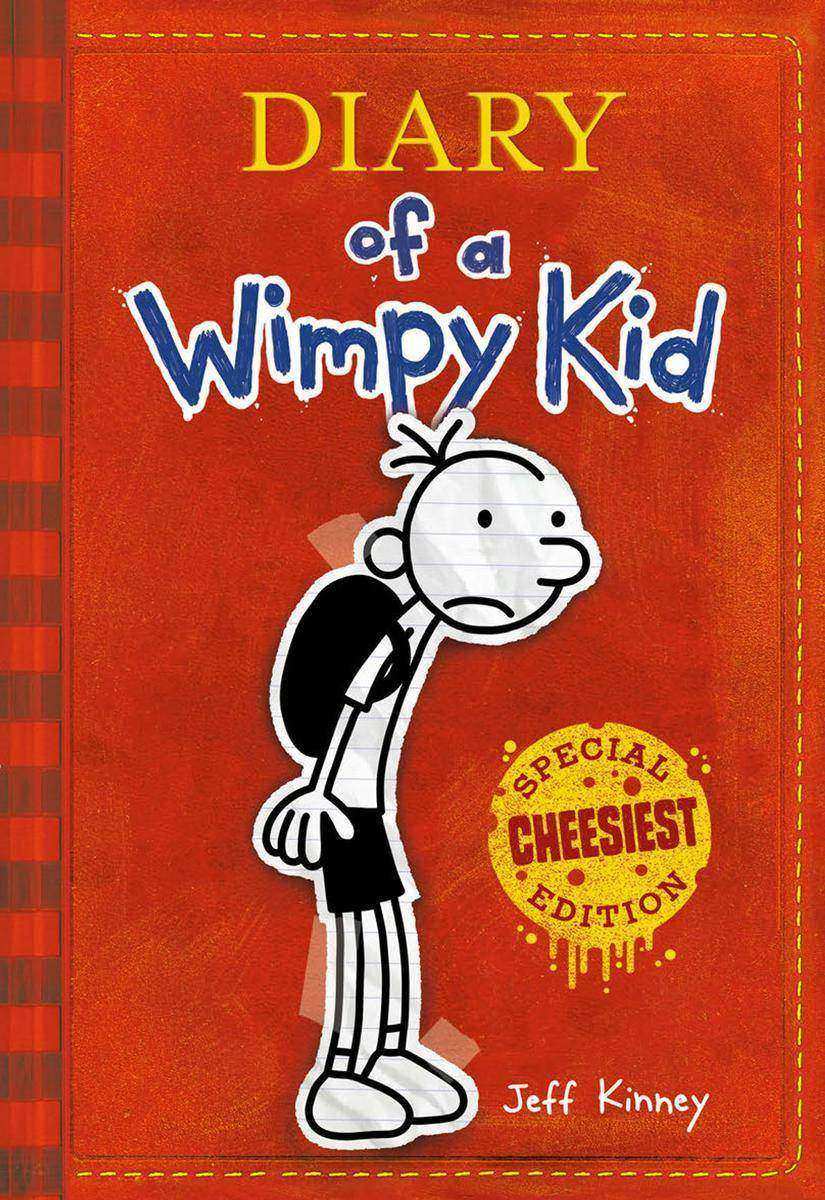
Diary of a Wimpy Kid - Special CHEESIEST Edition
¥138.32
Wimpy Kid Just Got a Lot Cheesier Now you can enjoy the bestselling Diary of a Wimpy Kid series in a whole new way with this Special CHEESIEST Edition! Relive your favorite moments from the book that started it all, with this collectible version printed on premium paper and with a bold new design. You'll never look at Greg, Rowley, Manny, Rodrick, and Fregley the same way again. This Special CHEESIEST Edition is a must-have for longtime fans of the series and new readers alike. But before you open this book, you might want to cross your fingers-you wouldn't want to get the Cheese Touch!
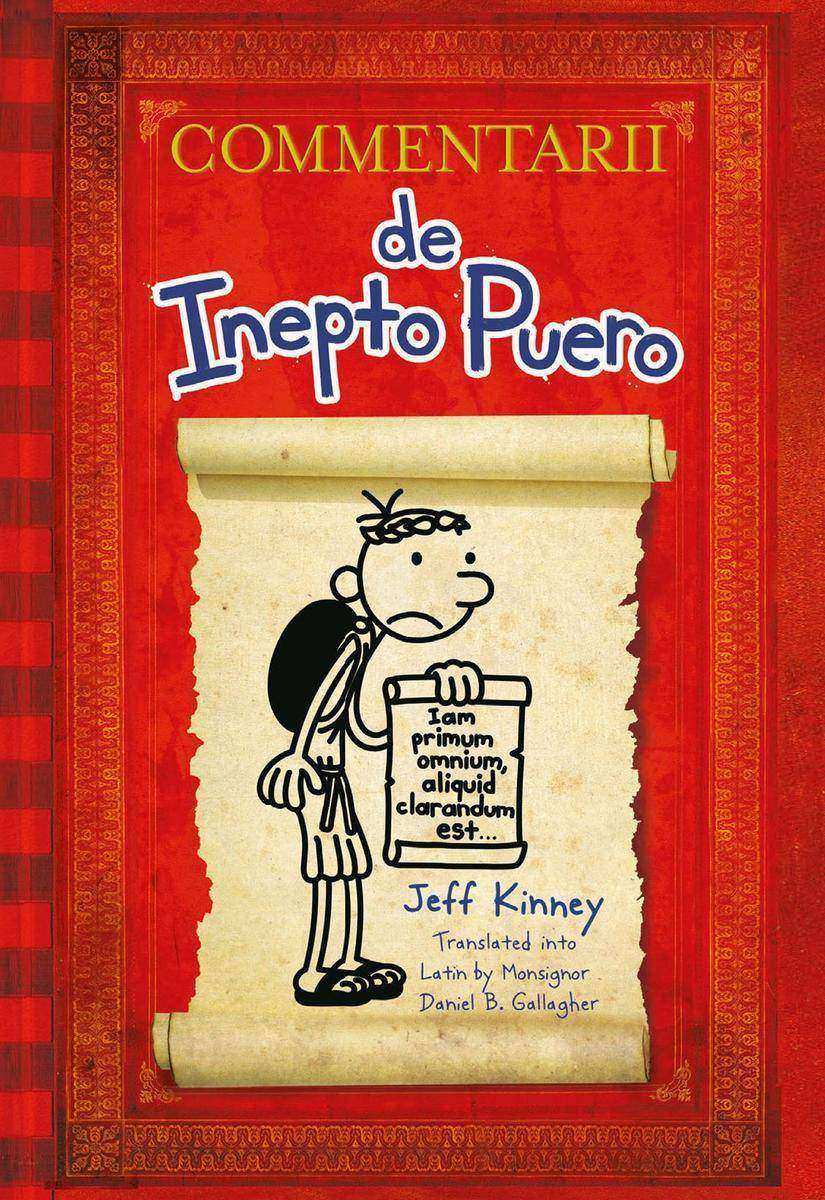
Diary of a Wimpy Kid Latin Edition - Commentarii de Inepto Puero
¥138.32
Et tu, Heffley? Thats right, international superstar Greg Heffley is now poised to conquer the classical world with this new Latin edition of the first book in Jeff Kinneys bestselling Diary of a Wimpy Kid seriesatranslated by Monsignor Daniel Gallagher, a Vatican specialistA who translates Pope Franciss Tweets into Latin. The Wimpy Kid joins beloved characters such as Winnie the Pooh, Harry Potter, the Little Prince, Bilbo Baggins, and the Grinch as the latest in an elite pantheon of childrens books selected for Latin translation. Commentarii de Inepto Puero is sure to appeal to fans of the international bestselling series as well as to readers of all ages studying Latin, either for school credit or for fun.
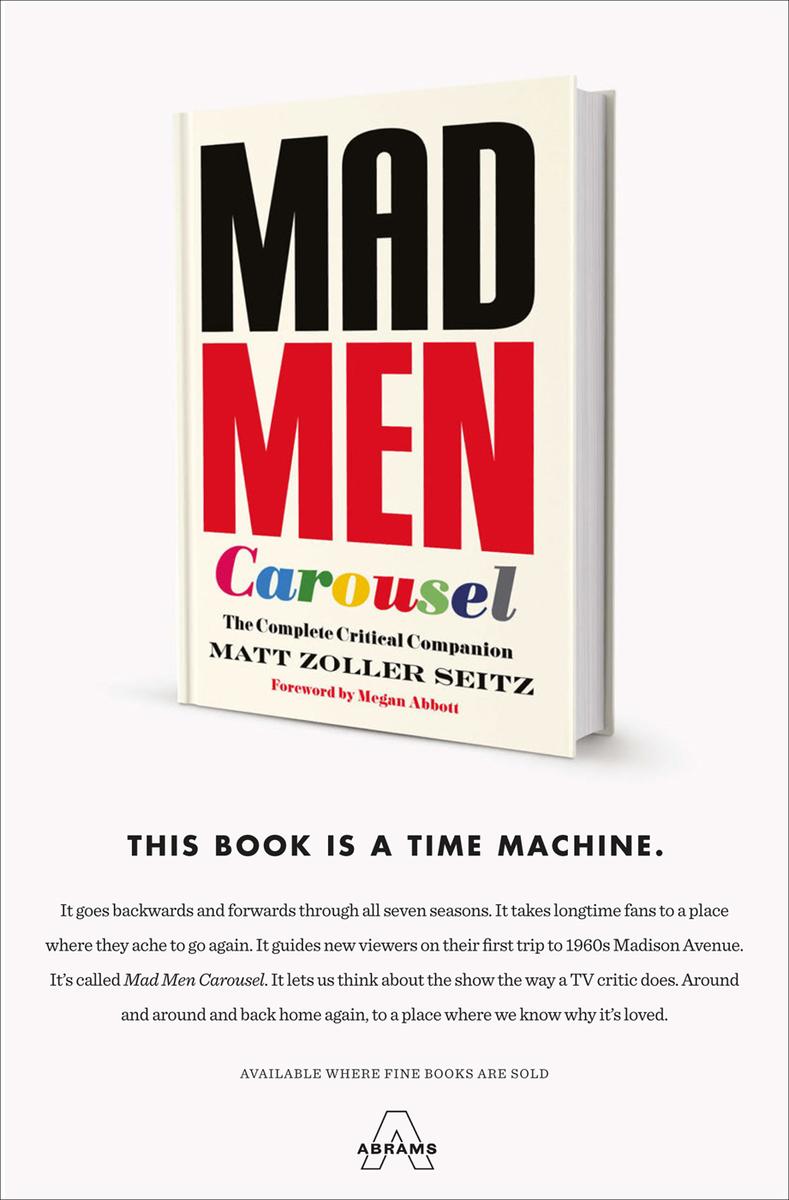
Mad Men Carousel - The Complete Critical Companion
¥138.52
Mad Men Carousel is an episode-by-episode guide to all seven seasons of AMC'sA Mad Men. This book collects TV and movie critic Matt Zoller Seitzs celebrated Mad Men recapsaas featured onA New YorkA magazine'sA VultureA blogafor the first time, including never-before-published essays on the shows first three seasons. Seitzs writing digs deep into the shows themes, performances, and filmmaking, examining complex and sometimes confounding aspects of the series. The complete seriesaall seven seasons and ninety-two episodesais covered. A Each episode review also includes brief explanations of locations, events, consumer products, and scientific advancements that are important to the characters, such as P.J. Clarkes restaurant and the old Penn Station; the inventions of the birth control pill, the Xerox machine, and the Apollo Lunar Module; the release of the Beatles Revolver and the Beach Boys Pet Sounds; and all the wars, protests, assassinations, and murders that cast a bloody pall over a chaotic decade.A A Mad Men Carousel is named after an iconic moment from the shows first-season finale, aThe Wheel,a wherein Don delivers an unforgettable pitch for a new slide projector thats centered on the idea of nostalgia: athe pain from an old wound.a This book will soothe the most ardent Mad Men fans nostalgia for the show. New viewers, who will want to binge-watch their way through one of the most popular TV shows in recent memory, will discover a spoiler-friendly companion to one of the most multilayered and mercurial TV shows of all time.A It's the perfect gift for Mad MenA fans and obsessives. Also available from Matt Zoller Seitz: The Oliver Stone Experience, The Wes Anderson Collection: Bad Dads, The Wes Anderson Collection: The Grand Budapest Hotel, and The Wes Anderson Collection. A
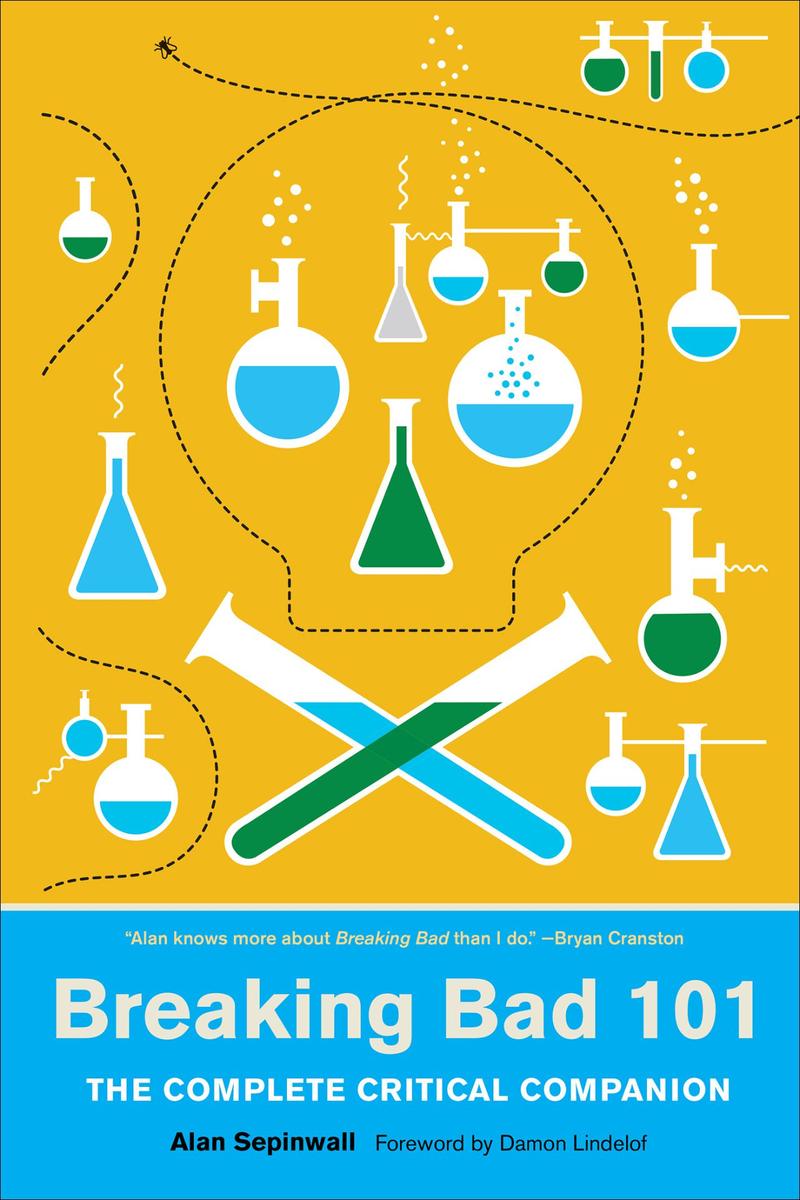
Breaking Bad 101 - The Complete Critical Companion
¥138.52
AMC's Breaking Bad is among the most beloved, critically acclaimed American television series of our time. Created by Vince Gilligan, the series charts the transformation of high school science teacher Walter White (played by Bryan Cranston) into a cold, calculating meth kingpin. Breaking Bad 101 collects esteemed critic Alan Sepinwall's (Uproxx) popular Breaking Bad recaps in book form, featuring new, exclusive essays and completely revised and updated commentary-as well as insights from and interviews with the creative masterminds behind Breaking Bad. The ultimate critical companion for one of the greatest television dramas of all time, Breaking Bad 101 offers fans Sepinwall's smart, funny, and incisive analysis of the psychology and filmmaking craft behind each episode and celebrates the series' unique place in pop-culture history.

Hot Hollywood Romance: The Complete Fontaines Family Series
¥139.43
A steamy five-book set from USA Today bestseller Ember Casey. Includes an exclusive extended series epilogue!?Meet the Fontaines: Hollywood royalty. L.A.'s most notorious bad boys. Permanent stars of the tabloids. And the wickedest, most devilish lovers around...This set includes the complete Fontaines series plus special bonuses!THE SWEET TASTE OF SIN (BOOK 1): To the rest of the world, Dante Fontaine is the ridiculously attractive oldest son of the Fontaine family. To Ashlyn? He’s the guy who made her swear off men forever. She just wants to run her bakery, heal her broken heart, and forget him. Buy Dante has other plans, and this time, he has no intention of letting her go…THE LIES BETWEEN THE LINES (BOOK 2): Emilia Torres has everything she’s ever wanted. After years of struggling to become an actress, she’s finally caught her big break—a part opposite the hottest star in Hollywood, the gorgeous and charming Luca Fontaine. But her biggest role might be the one she plays off-screen, where she and Luca pretend to be in love. The rules for their relationship are simple: in front of the paparazzi, they play the perfect Hollywood couple. In private, their contract states that all feelings—and sex—are absolutely forbidden. But what if the truth becomes hotter than the lies?THE MYSTERY OF YOU (BOOK 3): When Edie Marshall meets a mysterious—and drop-dead gorgeous—man in the woods just outside her small town, she has no idea that he’s actually Rafe Fontaine, certified bad boy and black sheep of the Fontaine family. And she definitely has no idea that their brief, passionate encounter will lead to her getting pregnant. Can she trust her heart—and her baby—to Hollywood’s hottest bad boy?THE THRILL OF TEMPTATION (BOOK 4): Maggie Blankenship is a hot mess—broke, unemployed, and down on her luck. So when she’s offered the chance to fill in as an extra in a movie, she wonders if her luck is changing. It turns out that the movie is being directed by Orlando Fontaine—the intense and mysterious youngest brother of the Fontaine family. Sparks (and underwear) fly between the pair of them from the start, but Orlando has a strict no-fraternizing policy on his sets. As the heat builds between Maggie and Orlando, only one question remains—what’s the cost of giving in to temptation?Plus TWO special bonuses:THE SECRET TO SEDUCTION (full-length prequel): Felicia Liddle has eight days to seduce one of the notorious Fontaine brothers. The only problem? Historically speaking, Felicia's way more likely to put her foot in her mouth (or generally make an idiot of herself) than charm the pants off of anyone. Enter Roman Everet: media mogul (read: billionaire), insanely sexy, and--oh yeah--Felicia's new boss. He might hold the fate of her job in his hands, but he's more than willing to help her become an expert in seduction...And an Extended Bonus Epilogue!




 购物车
购物车 个人中心
个人中心



